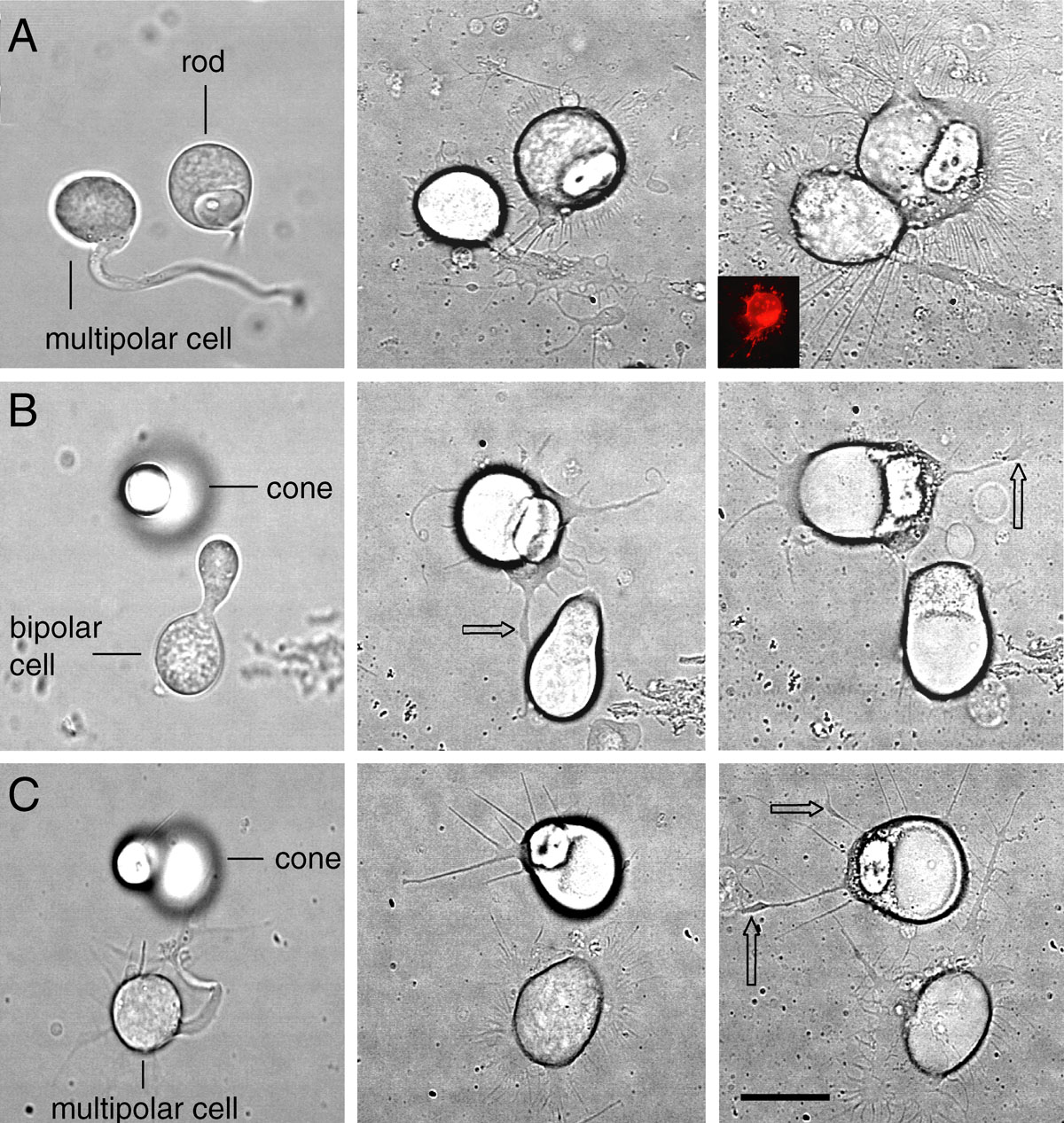Figure 2. Normal and novel interactions after laser tweezers micromanipulation. The left column shows cells immediately after tweezers
placement; the middle column, 3 days in vitro; and the right column, 7 days in vitro. A: An example of attraction between a rod cell and a multipolar cell. At 3 days, long filopodial processes emanating from the
rod cell contacted processes of the multipolar cell. The cells grew toward each other over 7 days in culture creating a broad
intercellular contact. Inset: The photoreceptor identification as a rod cell was confirmed by immunolabeling with anti-rod
opsin. B: An example of attraction between a cone cell and a bipolar cell. At 3 days, a neurite bearing a varicosity (arrow) contacted
the bipolar cell. A second varicosity developed by day 7. For cone cells, quantitative analysis compared the two halves of
the cell for growth since cone cells grew fewer processes than rod cells. Greater numbers of neurites and varicosities (arrows)
on the side facing the bipolar are indicative of attraction between the cells. C: An example of repulsion between a cone cell and a multipolar cell. The larger numbers of neurites and varicosities (arrows)
on the opposite side of the cone with respect to its paired multipolar cell indicate repulsion. Scale bar equals 20 µm.

 Figure 2 of
Clarke, Mol Vis 2008; 14:706-720.
Figure 2 of
Clarke, Mol Vis 2008; 14:706-720.  Figure 2 of
Clarke, Mol Vis 2008; 14:706-720.
Figure 2 of
Clarke, Mol Vis 2008; 14:706-720. 